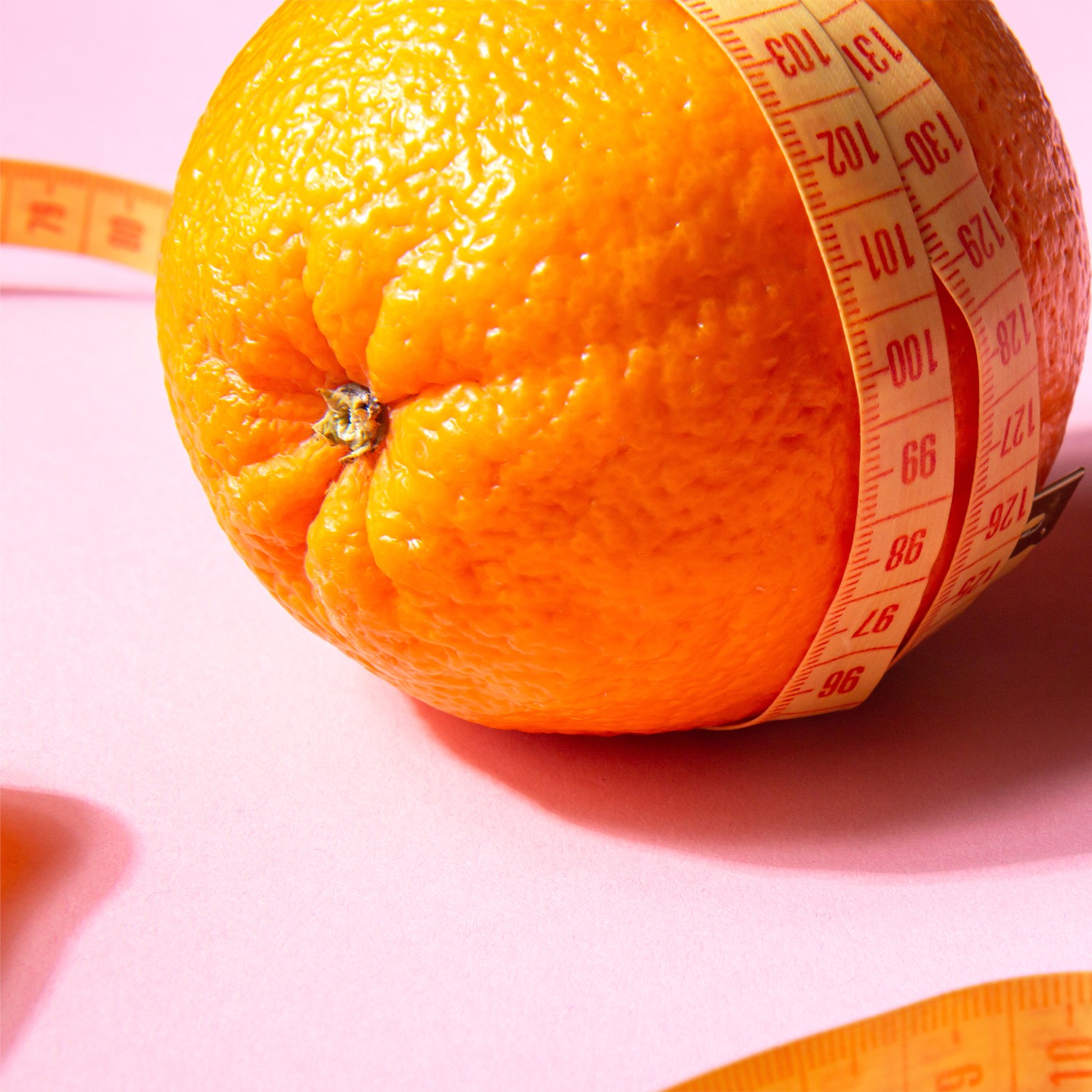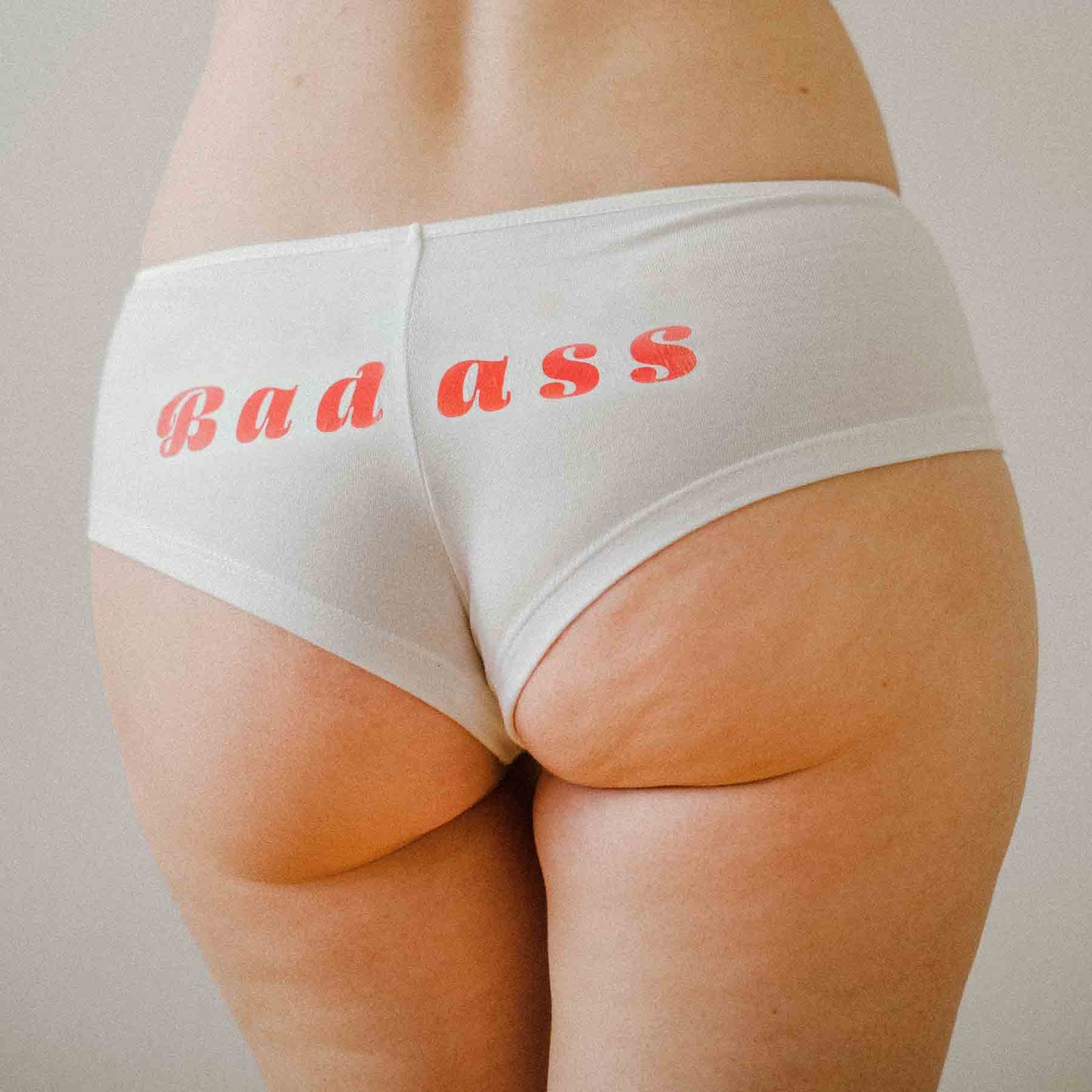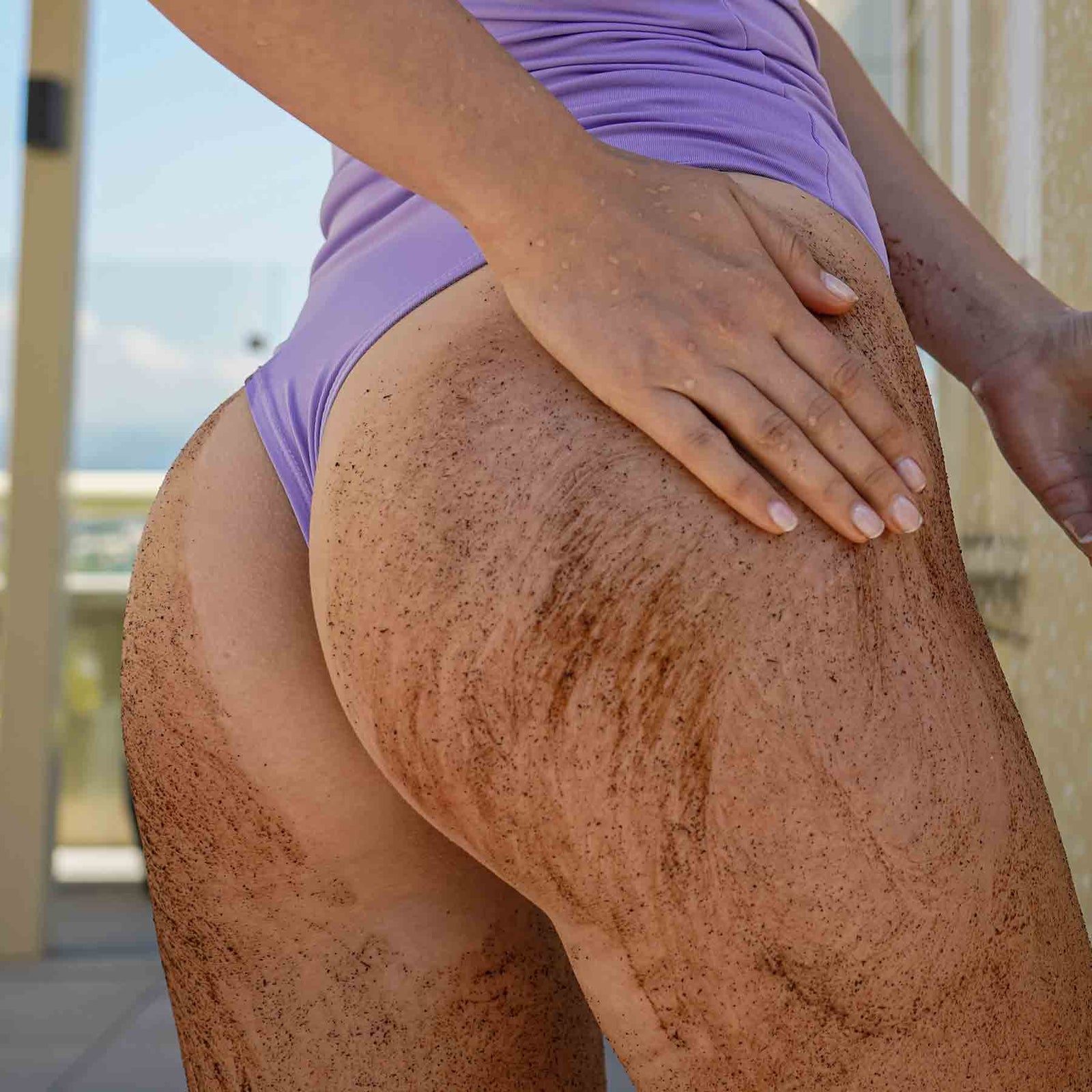Add description, images, menus and links to your mega menu
A column with no settings can be used as a spacer
Link to your collections, sales and even external links
Add up to five columns
Add description, images, menus and links to your mega menu
A column with no settings can be used as a spacer
Link to your collections, sales and even external links
Add up to five columns
All Cellulite Is Not Created Equal
September 04, 2024 2 min read

We’ve established that fat and cellulite are not the same, and while they may be related, it’s completely normal to be thin with cellulite, athletic, curvy or full figured without cellulite, and experience cellulite to different degrees throughout different stages of your life. To make matters even more complex, there are different types of cellulite that can appear in isolation or in combination. Let’s get to the bottom of it.
Type 1: Hard Cellulite
Perhaps the most common type of cellulite most often found in younger women is hard cellulite. This appears as tight, grainy dimples that look like “orange peel” on static areas of the skin, usually centralized to the hips and thighs. The first outward signs of cellulite, hard cellulite attaches to the muscle and doesn’t slide or sag, indicating that this is caused by collagen fibers that become rigid and break when fat nodules push through to the surface of the skin. Deep tissue release is the antidote here, and our Cup-and-Slide system was designed to break up fascia and move lymph, leading to smoother looking skin.
Type 2: Soft Cellulite
As this name suggests, soft cellulite appears where there is a buildup of fat, such as the upper arms, legs, and abdomen, and gives a gelatinous, wavy texture to the surface of the skin. Soft cellulite tends to increase as age and weight increase and is exacerbated by a loss of collagen, elastin and muscle tone. Exercise for weight loss and to tone muscles is the antidote here. Cardio exercise like running, walking, swimming and tennis get the blood flow pumping, and even a little bit can do wonders for your body, mind and skin tone. Products that feature ingredients to help boost circulation and firm the skin, like the caffeine, pink pepperslim, and poppy seed extract found in our 3 step system, are recommended.
Type 3: Edematous Cellulite
One factor that can weaken the dermal weave and cause the appearance of cellulite is poor circulation and water retention. When blood flow circulation becomes stagnant, it can lead to fluid retention and a buildup of fat cells that push against and bulge between the surrounding connective tissue, creating a type of cellulite called edematous cellulite. A clue that you may have poor circulation is chronically cold feet and hands, and painful-to-the touch, spongy skin.
While exercise is a great way to boost circulation, it’s not possible for everyone due to ailments, injury or ability. May we suggest cupping? Our Cup-and-Slide technique is a circulation-stimulating system that wakes up blood flow and busts up fascia for reduced fluid retention and firmer looking skin.
Now that we’ve identified the three main types of cellulite, let’s give them a grade. There are 4 classifications of cellulite based on their visibility:
Grade 1: Practically invisible, unless the skin is squeezed firmly to reveal a slight rippling effect.
Grade 2: Cellulite is visible to the naked eye in centralized areas.
Grade 3: Cellulite is visible while standing up, without being squeezed. When lying down, however, cellulite is not perceived.
Grade 4: Cellulite is visible standing up, lying down, and in some cases, can be painful. It is always accompanied by fluid retention or edema.
Also in News

Dimples Overnight: What Causes a Sudden Increase in Cellulite
January 08, 2025 4 min read
You’ve just woken up and dove headfirst into your morning routine. You headed to the kitchen to grab your morning coffee, maybe went for a...

8 Powerhouse Ingredients To Get Rid of Cellulite on Buttocks and Thighs
December 13, 2024 3 min read
90% of us have cellulite. That’s the facts, but it come with questions. What causes cellulite, how does it form, and - probably the most...

Why Living Your Best Life Reduces Cellulite
December 04, 2024 3 min read
There’s no way around it: there are no quick fixes to cellulite removal. It takes commitment and consistency to a healthy lifestyle to dissolve those dimples on your derrière, and even then, ongoing treatments may be needed..

Welcome to BABZ!
Subscribe for sneak peeks at new collections, discounts, and early access to flash sales!
